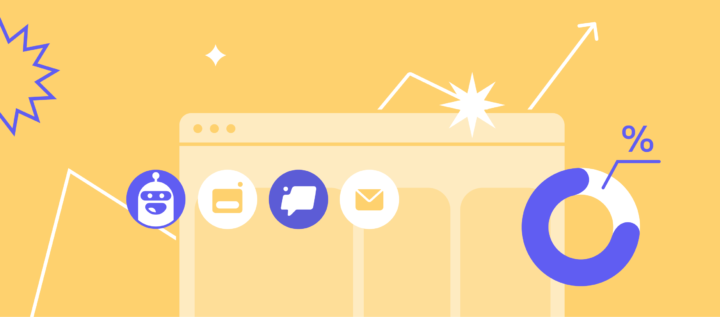Discover the 12 Revolutionary Benefits of Product-Led Growth For Your Business
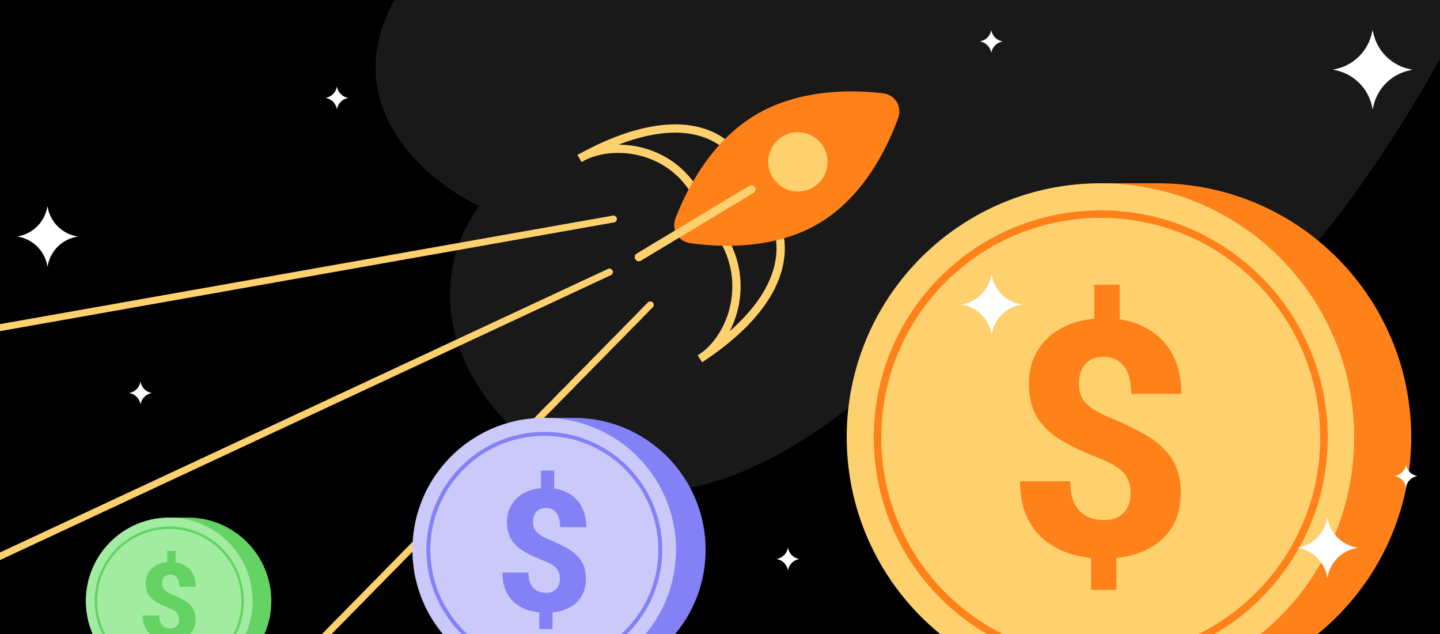
In today’s highly competitive business environment, embarking on a product-led growth strategy could be a game-changer for your company. From improved market penetration to stellar customer satisfaction, the benefits of product-led growth are numerous and transformational. With this business model, it’s all about putting your product at the forefront to drive business growth.
In this accessible and engaging article, we’ll unravel the 12 compelling advantages that can help shape your business’s future. Join us on this journey as we delve into the value of a product-centric approach, and explore why such a strategy could be just the push your business needs to thrive. Let’s discover the power of product-led growth for your organization’s success and sustainability.
1. Cost-Effective User Acquisition
Product-led growth (PLG) offers solutions that de-emphasize relatively costlier strategies such as the employment of extensive sales teams or expensive marketing campaigns. Instead, PLG encourages businesses to focus more on the product itself to acquire customers. Research from Totango reveals that, on average, companies spend $395 for customer acquisition. PLG has the potential to drastically cut down these costs and efficiently increase profitability.
A perfect real-world illustration of this strategy:
- Company: Slack
- Tactic: Freemium model, enabling free use of the platform with additional paying options.
- Result: Millions of self-acquired users, cutting CPA significantly, thus saving substantial expenses.
A real-life manifestation of this practice can be seen in the business approach adopted by Slack. This platform used a ‘freemium’ approach, allowing teams to use the application free of charge with an option to upgrade depending on their requirements. Thanks to the freemium model, Slack enjoys growth as the product itself draws in millions of users, drastically reducing their cost per acquisition (CPA).
2. Lower Churn Rates
Churn rates — the ratio of customers who discontinuate their subscription within a defined period can be daunting for businesses. These attrition rates can prove to be costly in the context of profitability and sustainability. According to data from ProfitWell, a 1% difference in churn can lead to a 12% difference in company valuation over five years.
An exemplary display of managing churn rates can be seen from Slack again.
To elucidate further:
- Success Story: Slack
- Key Focus: Building a product that users love and need.
- Result: Exceptionally controlled churn rates.
Slack cultivated an environment that allowed customers to communicate easily — they built a product that consumers genuinely loved using. As a result, Slack experiences incredibly low churn rates, making it an exemplary figure in the SaaS world.
3. Increased Virality
PLG enables your satisfied users to become your brand’s ambassadors. When a product’s practicality is unquestionable, it encourages users to share their positive experiences with others. This word-of-mouth sharing, amplified by social media channels, results in wider product reach and exposure.
For instance:
- Company: Dropbox
- Innovative Approach: Introduced a referral program offering extra storage space for each referral.
- Outcome: Scaled up to over 500 million users, showcasing how an appealing product feature can significantly promote virality.
Dropbox is a shining testament to the advantages of the PLG approach in promoting virality. Their referral program offering more free storage space to users who recommended Dropbox to others was instrumental in the company’s viral growth to more than 500 million users. This proved that a well-crafted product feature like Dropbox’s referral program could help foster virality in PLG.
Read also: 17 Zendesk alternative services and 13 live chat alternatives to try this year
4. Enhanced Customer Engagement
Incorporating the PLG strategy has shown direct implication towards bolstering the level of customer engagement. Businesses often captivate their growing customer segments by continually refining their product and meeting customers’ needs head-on.
For example, you can improve your onboarding experience and engage users at the start of their journey in your product. Here’s what our customer, a CPA network, did 👇
The product had quite a complicated learning curve, so few users reached the targeted action.
Thanks to the chatbot, a new user:
- is automatically engaged in the conversation and qualified to get tailored experience;
- is guided through the product step-by-step;
- receives instructions and scenarios in the chat widget:
- sets up the company’s tools faster, places referral links, and increases the company’s revenue.
As a result, the company sped up user activation by 2.5 times and grew conversion to the targeted action by 33%.
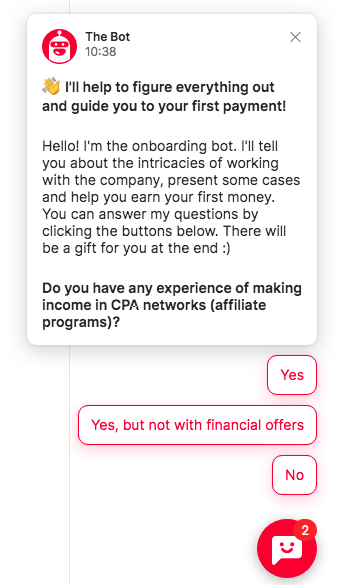
Reflecting this, there’s:
- Adobe’s Creative Cloud
- Designed to offer consistent, appealing updates, ensuring a high level of engagement.
Adobe is a noteworthy case of heightened customer engagement through PLG. Adobe’s Creative Cloud, enabled individuals and businesses to have access to a whole suite of Adobe services on a subscription basis. By providing important updates regularly and constantly innovating, Adobe ensures that its users are engaged constantly.
Find more ideas for customer engagement on your website 👇
5. Greater Product Adoption
Adoption rate refers to the number of new users of a product or service. PLG prioritizes creating an user-friendly interface that can captivate the user’s attention and create a smooth onboarding process. Process Street’s study has opined that effective user-onboarding experiences could lead to a whopping 50% increase in customer retention.
A case in point:
- Zoom, a global brand known for its user-friendly video conferencing platform during the Covid-19 pandemic.
- Key to Success: Straightforward user interface and seamless onboarding experience.
Take the example of Zoom. In response to the Covid-19 pandemic and the related lockdown restrictions, demand for an effective and uncomplicated remote communication platform was at an all-time high. Thanks to its intuitive user interface and frictionless sign-up and setup procedures, Zoom was able to attract and retain a high volume of users.
6. Faster Sales Cycle
PLG democratizes the process of product trial. Having the chance to try the product before buying it reassures the customers of the product benefits, leading to a faster conversion process.
Showcasing this principle:
- DocuSign
- Strategy: Offering a self-service free trial.
- Impact: Increased conversion rates and annual recurring revenue over $1 billion.
One company that effectively capitalized on this principle is DocuSign. Offering a free trial of its software allowed potential customers to experience the product before purchasing, speeding up the conversion process. As a result, DocuSign was able to push its annual recurring revenue over the $1 billion mark.
7. High Profitability
PLG can lead to high profitability by reducing overhead costs, particularly in sales and marketing, while simultaneously decreasing customer churn rates. This contributes to high profitability and growth.
Here’s an illustration:
- Atlassian, a $20 billion organization
- Success Factor: Relying on a lean sales team and concentrating on product advancement through PLG.
Atlassian exemplifies this point. Despite a lean sales team and limited marketing expenditure, Atlassian reached a valuation of $20 billion, proving that PLG, when well-executed, can lead to impressive profitability.
8. Scalability
Scalability — the ability of a business to grow without being hampered by its structure or available resources — is another key benefit of PLG. Because PLG relies more on the product and less on costly sales or marketing resources, it can enable rapid user base growth without proportional increases in costs.
Atlassian showcases how effectively this can be achieved:
- Leveraging its array of tools like Jira, Confluence, and Trello
- Achievement: Managed to efficiently cater to both small businesses and large enterprises without incurring significant scaling costs.
Atlassian stands as an apt example of how PLG can fuel company scalability. With their PLG strategy executed through tools like Jira, Confluence, and Trello, Atlassian has been able to efficiently cater to both small businesses and large enterprises without incurring significant scaling costs. This has subsequently led to the creation of a business model that allowed Atlassian to scale rapidly despite limited sales expenses.
Free expert insights to boost your marketing strategy and raise conversion to a target action by 10%
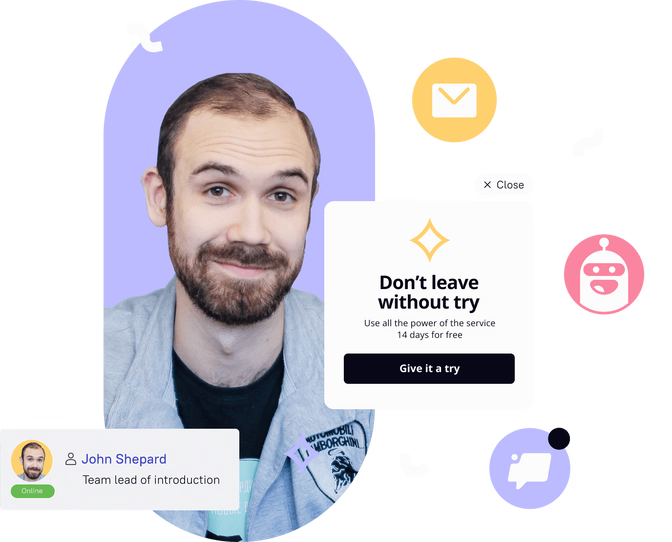
9. Streamlined Product Improvement
PLG emphasizes the importance of data-driven decision-making. Based on the data from user behaviors and feedback, PLG-oriented businesses continually refine their product according to actual consumer usage patterns and needs. A Pendo report even noted that businesses who implemented data-guided decisions witnessed 305% more engagement.
Take, for instance:
- Strategy: Granular tracking of user interactions
- Result: Constant optimization of the platform resulting in enhanced user engagement and satisfaction.
Facebook takes this to heart. By minutely tracking user interactions coupled with a commitment to quickly iterate and refine based on user behavior, Facebook continually optimizes its platform to ensure user engagement and satisfaction.
10. Stronger Brand Advocacy
PLG leverages satisfied customers to become powerful brand advocates, fostering brand loyalty and advocacy. Gartner highlights that 74% of business buyers conduct more than half of their research online before making an offline purchase, indicating the significance of creating positive user experiences which, in turn, nurture brand advocacy.
We in Dashly love sharing positive reviews from our customers:
An example to consider:
- Evernote
- Strategy: Building an excellent product
- Result: Nurtured a loyal user base that actively promotes Evernote among peers, expanding the brand reach.
Evernote serves as an exemplary instance of a product-focused approach fostering strong brand advocacy. Known for its standout note-taking and organization features, Evernote established a loyal user base that actively promoted the brand among colleagues and friends, hence expanding reach and adoption.
11. Greater Market Penetration
PLG encourages deeper market penetration by focusing on delivering substantial value through the product itself. Efficient market penetration strategies ensure a broader user base and a deeper reach into the target market.
As evidenced by:
- Zoom and its video conferencing service
- Strategy: Leveraged the surge in remote work following the Covid-19 pandemic
- Outcome: A meteoric rise in both the business and personal user market.
A well-known case for this can be seen in the rise of Zoom, a provider of video conferencing services. Together with the global shift towards remote work following the Covid-19 pandemic, Zoom’s easy-to-use software became an instant hit among businesses as well as individuals, providing a perfect case study of how a product-friendly utility meets a universal user need.
12. Better Customer Lifetime Value (CLV)
PLG nurtures a higher customer lifetime value (CLV), defined as the total revenue a company can expect from a single customer account. Through a combination of high customer retention and consistent upselling or cross-selling opportunities, improved CLV is an effective way to lower acquisition costs and increase total revenue from customers.
One effective demonstration of improving CLV through PLG is:
- Netflix
- Approach: Frequent product refinements based on viewer preferences and behavior
- Result: Longer customer retention, thus significantly boosting CLV.
Netflix has been extremely successful in this area. By using continuously collected user data to improve personalized recommendations and deliver engaging content, Netflix encourages its subscribers to stay longer, thereby significantly boosting their customer lifetime value.
What it means for your business
Product-led growth (PLG) can significantly transform the scalability, profitability, and resiliency of your SaaS business. It reduces acquisition costs and churn rates, fostering superior customer engagement, market penetration, and brand advocacy. Implementing a PLG strategy also facilitates faster sales cycles, better customer lifetime values, and enhanced product improvement through customer feedback. By putting your product at the helm of your growth strategy, as successful companies like Slack, Zoom, and Netflix have, you can precipitously elevate your business performance while delivering products your customers love.
FAQ
What are the benefits of adopting a Product-Led Growth (PLG) strategy?
Implementing a product-led growth (PLG) strategy can impart manifold benefits to your business such as:
- Reduced expenditure on marketing and sales due to cost-effective customer acquisition
- Enhanced user experience leading to higher customer retention and reduced churn rates
- Streamlined product improvement based on valuable customer feedback
- Greater market penetration, ensuring your product reaches a broader audience
- A more efficient, sustainable growth strategy driven by customer satisfaction and value
How can a PLG strategy impact user experience?
A key facet of the PLG approach is its focus on providing an outstanding user experience. This is done by emphasizing the development of an intuitive, user-friendly interface and providing seamless customer onboarding. By centering the product to meet user needs effectively and evolve alongside their changing requirements, PLG directly enhances user experience and satisfaction.
How can a PLG strategy contribute to efficient growth in my business?
A PLG strategy drives growth by primarily focusing on the product rather than on expensive and extensive sales and marketing campaigns. By building a product that users love and want to share with others, PLG achieves efficient growth through reduced customer acquisition costs, lower churn rates, higher customer lifetime value, and increased market penetration. All these contribute to sustainable, efficient growth.
What is meant by a ‘Growth Collective’ in the context of a PLG strategy?
In the context of a PLG strategy, a ‘Growth Collective’ refers to a holistic, collaboratively focused approach to growth that integrates different functions like product design, marketing, sales, and customer service. This cross-functional strategy ensures that every aspect of the business works together to drive growth, all centered around a robust, user-focused product. Ultimately, it’s about unifying the entire organization’s efforts and resources toward the common objective of product-led growth.
Read also:
- Product led growth metrics: 13 key indicators for SaaS companies to track
- PLG tools: ultimate guide to the best instruments
- RevOps tech stack: guide to the best tools
- Revenue operations metrics: 10 metrics and KPIs to track your performance
- Sales led growth: what is it and why your business needs it
- Growth marketing case studies: 12 stories with detailed tactics and numbers achieved
- RevOps best practices: 13 tactics to implement this year
- Top 10 product led growth software your competitors use in 2023
- 10 product led growth companies that boost their development right now
- Growth Product Manager: Charting new frontiers in product scaling
- 20 product led growth examples to inspire your team [expert edition]
- 15 customer retention tools: find out the best software to return your customers
- Top 10 best product marketing tools for your tech stack [expert review]
- 15 best user behavior analytics tools [software features & pricing]
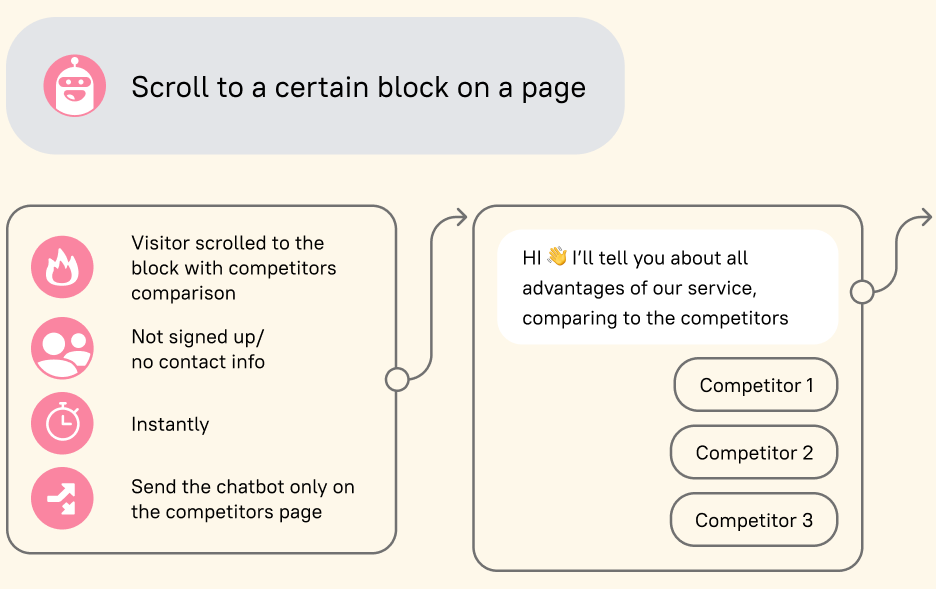
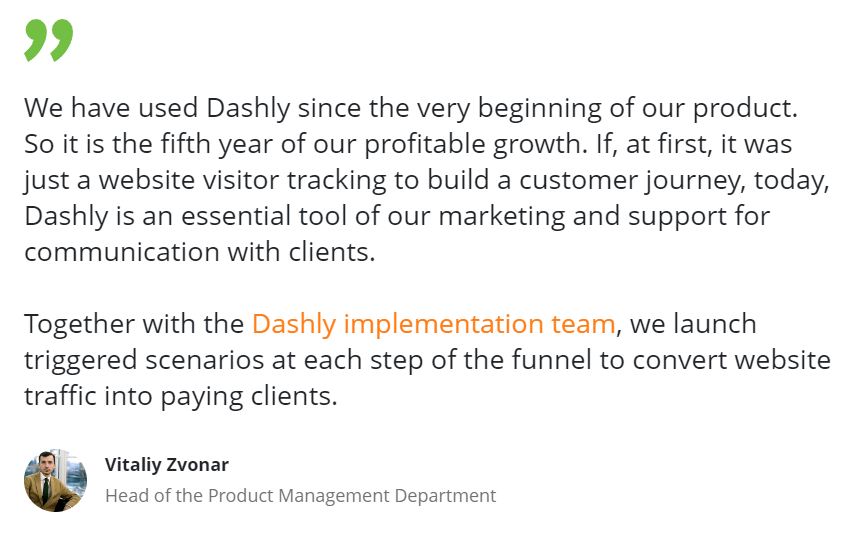
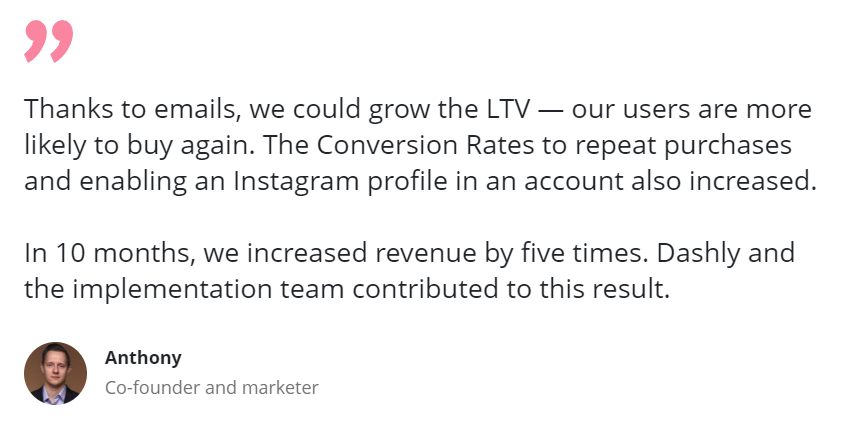
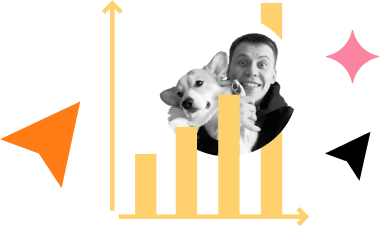


![Top 10 PLG tools for your Product-Led Growth [tested by experts]](https://www.dashly.io/blog/wp-content/uploads/2023/08/20-tools-to-boost-your-Product-led-Growth-720x317.jpg)
